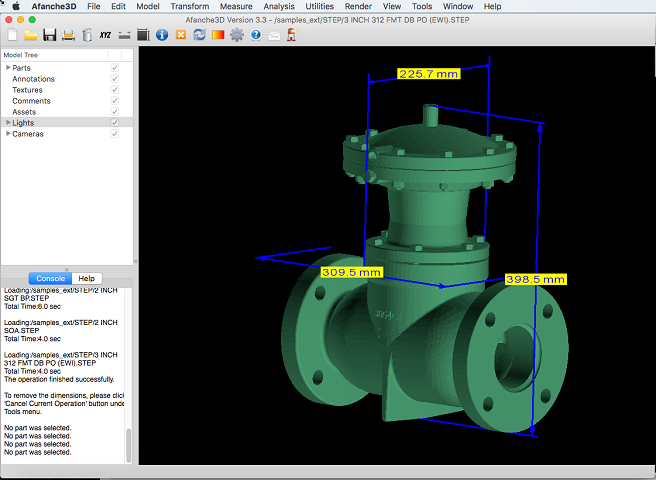
Begin by introducing the concept of orthographic projections to your learner. Start with an example—you can use the one in the background—before moving into the definition. Ask your learner: why do we need orthographic drawings (multi-views) in addition to a 3D drawing of an object? What does an orthographic drawing show that a 3D drawing does not?
Discuss with your learner how to make an orthographic drawing. Make sure to introduce the top, front, and right side views, and show them a simple example drawing such as the one in the background. Have your learner physically look at the object from different views—look at the object from above, from the right, and from the front.
Sample Questions: How do you think the top, front, and right side views relate to each other? What is each view showing? How would you draw this?Once your learner is comfortable with the idea of orthographic drawings, it’s time to start drawing! Choose a solid, simple, geometric object for their very first drawing.
Suggestions: a book, a block of soap, solid toy building blocks.When your learner is finished drawing, have them show you the drawing and talk you through how they drew it. Ask your learner: what would they do if the object was hollow inside? How would they draw that? Introduce the idea of hidden lines to your learner, and how they help show parts of an object that cannot be directly seen.
Sample Questions: Why do you think hidden lines are important? How would we add hidden lines to your drawing, assuming that the object is hollow? What are some objects you can think of that would need hidden lines in their drawings?After discussing hidden lines with your learner, give them a slightly more challenging object to draw that would require hidden lines.
Suggestions: knife block, toilet paper roll, water bottle.Challenge: If your learner is up to something more challenging, have them select a more complicated object to draw. Before drawing, have them thoroughly inspect the object, or even take it apart if possible.
Ask Your Learner: How would you draw angles? How can you make sure the top view and front view match? What was drawing this object like, compared to the previous ones?

Mac Software For Orthographic Projection Software

Mac Software For Orthographic Projection Definition

Orthographic projection, common method of representing three-dimensional objects, usually by three two-dimensional drawings in each of which the object is viewed along parallel lines that are perpendicular to the plane of the drawing. For example, an orthographic projection of a house typically. Looking at the orthographic (symmetric) projection matrix above it is a combination of scaling matrix and a translation matrix, and unfortunately doesn't define a field of view. Field of view is a feature for projections that simulate how a human being eye sees the world (e.g. Perspective projection).
Mac Software For Orthographic Projection
An orthographic projection is a way of representing a 3D object by using several 2D views of the object. Orthographic drawings are also known as multiviews. The most commonly used views are top, front, and right side. You can imagine it as positioning yourself directly in front, above, or to the right of an object and drawing only what you can. An orthographic projection describes the shape of an object. It is a two dimensional representation of a three dimensional object. Different line types are used to indicate visible, hidden and symmetry lines. By the end of this chapter, you will be able to create a technically correct orthographic projection using proper projection techniques. Professional Version - New camera settings, including FOV (field of view) and parallel camera projection (orthographic camera). Professional Version - Export to 3DS, FBX and OBJ formats. Resize and rotate objects in place with the help of special handles.